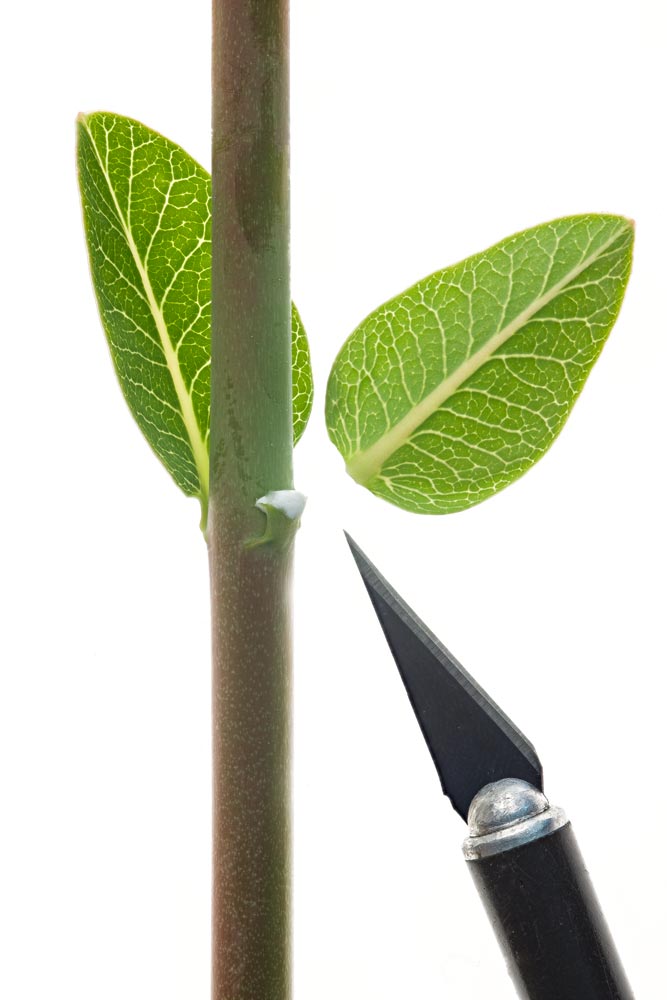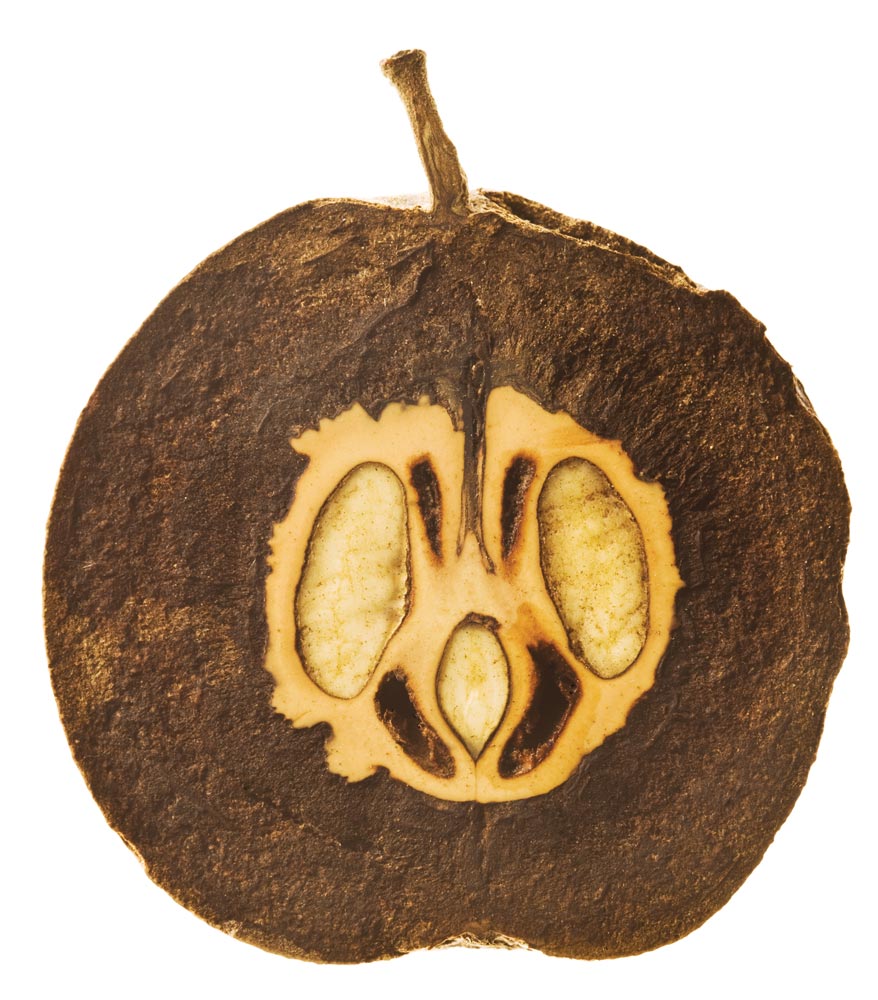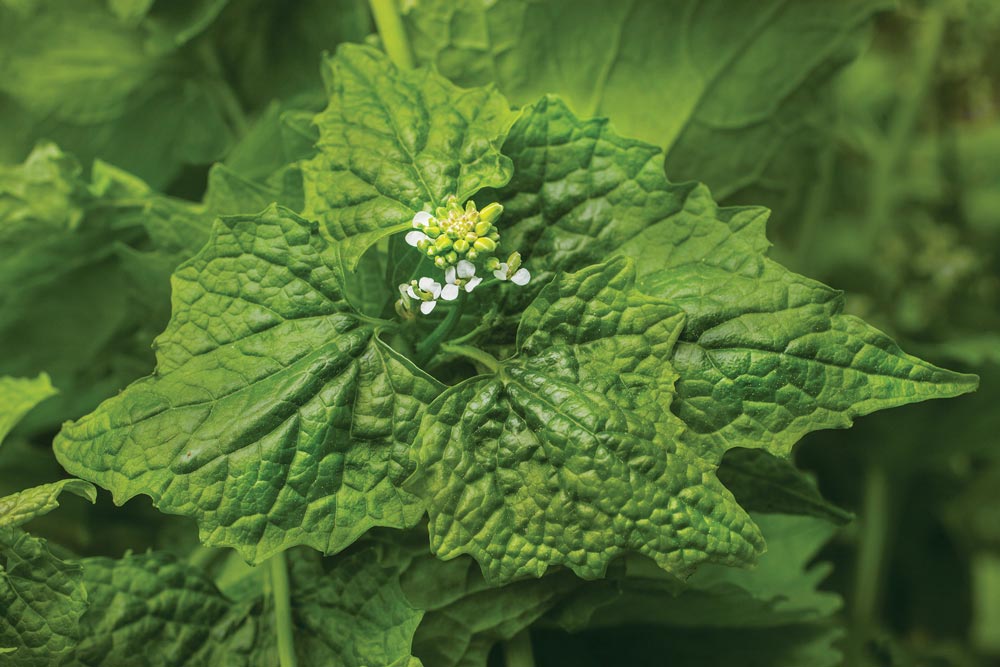The Secret Life of Plants and Trees
Blandy Farm director describes nature’s silent strategies for survival
When David Carr first began working at Blandy Experimental Farm about 15 years ago, only a handful of students would come every year to help conduct research. More people would pack into Scott Stadium for one game than would visit the farm’s 170-acre arboretum—the state’s official botanical garden—all year. And many of those folks thought the place was run by Virginia Tech.
“I’m not sure many people on Grounds even knew we existed,” says Carr, Blandy’s director. “A lot of people in Virginia hadn’t woken up to the fact that there was this tremendous resource they had just a couple of hours away from the Rotunda.”
But today, roughly 175,000 people come every year to walk among the dozens of boxwood varieties or through the ginkgo tree grove—more than four times the number than when Carr first started. Blandy also hosts more than two dozen graduate and undergraduate students every year who conduct research on everything from the impact of climate change on forests to the dwindling bumblebee population.
“We’ve worked hard to get people to see that this is an invaluable place, and it has paid off,” says Carr, an evolutionary biologist who focuses his research on plant and insect interactions.
Spring’s arrival brought a flood of visitors to Blandy to see it in bloom. But while they might wander its grounds for its aesthetic appeal, Carr says it’s really the unseen war raging between the plants and trees and insects—one that’s played out every spring throughout all of nature—that makes his work fascinating.
Carr shares some of what he knows about the more interesting combatants, even if no clear winner ever emerges.

Common Milkweed
(Asclepias syriaca)
Milkweed gets its name from the milky sap it exudes when its leaves or stems are damaged. But the milk isn’t exactly wholesome for many insects who might try to bite into a leaf or stem. Their mouths get gummed up on latex within the sap, preventing them from eating any more of the plant. For those bugs who can work through the gumminess, however, the milk also contains chemicals that are poisonous when ingested. Despite its formidable defenses, several species of insects have figured out how to circumvent the sap. Milkweed beetles actually turn off the flow of the sap by crimping the vessels that transport it. And monarch butterfly caterpillars sequester the poisons inside their bodies then use them as a defense against their own predators once they become adults. The butterfly’s bright colors are a signal of their toxicity to predators.

Black walnut
(Juglans nigra)
Anyone who has a black walnut tree in his or her yard knows how frustrating its fruit can be to mow around. Their green-brown husks are difficult to spot in grass and the shells they hide wreak havoc on blades. But that outer skin can also be deadly to some plants: it contains jugalone, a chemical that leaches into the soil and kills off plants and trees that compete with the black walnut for nutrients.
Monkey flower
(Mimulus guttatus)
Scientists at Blandy began studying this wildflower, native to the West Coast, to understand how pollinators respond to variation in the amount of pollen produced by flowers. They’ve discovered that these flowers can produce a compound that mimics an insect pheromone, essentially telling bees that their mates are reaping sweet nectar from the plant. But they’re actually tricking the bees into visiting them: There’s no nectar. Instead, when the bee lands, it catches the plant’s pollen on its tiny hairs and then spreads it as it buzzes around, allowing the plant to reproduce. Carr’s hunch is that this deception evolved as a mechanism to attract pollinators in a highly competitive marketplace.

Catalpa
(Catalpa speciosa)
This native to the Midwest is now widely planted in Virginia, and its huge floral display is a delight in early summer—but not for ants. Catalpa flowers reward pollinators such as bumblebees with nectar, but their juice contains toxic chemicals that repel ants, because they rob the plant without pollinating other flowers.
Ground cherry
(Physalis spp.)
These Virginia-native relatives of the tomatillo produce a range of toxic compounds, but a number of insects that have evolved ways of coping with the compounds still attack them. Beetle larvae that feed on ground cherry, for instance, paste their excrement to their bodies for protection against their predators because it contains the toxins from the plant.

Garlic mustard
(Alliaria petiolata)
This European native herb has become one of the most invasive plants in the eastern United States. Like the black walnut, it uses a type of chemical warfare to eliminate its competitors. But the toxic compounds it uses—which include cyanide—seem to act not directly on its rivals but on the fungi with which those plants have formed partnerships. Without their fungal partners, other plants are put at a huge competitive disadvantage, which has created a worrisome loss of native biodiversity in the eyes of scientists.

Apple trees
(Malus sp.)
Apple trees, like a number of other species, produce a cocktail of volatile chemicals from their leaves when they are eaten by caterpillars and other insects. But those chemicals don’t kill off those bugs. Instead, they emit an invisible plume detected by parasitic wasps, which search for the caterpillars and lay eggs inside their bodies. The larval wasps then eat the caterpillars from the inside out, obviously limiting further damage to the tree.
